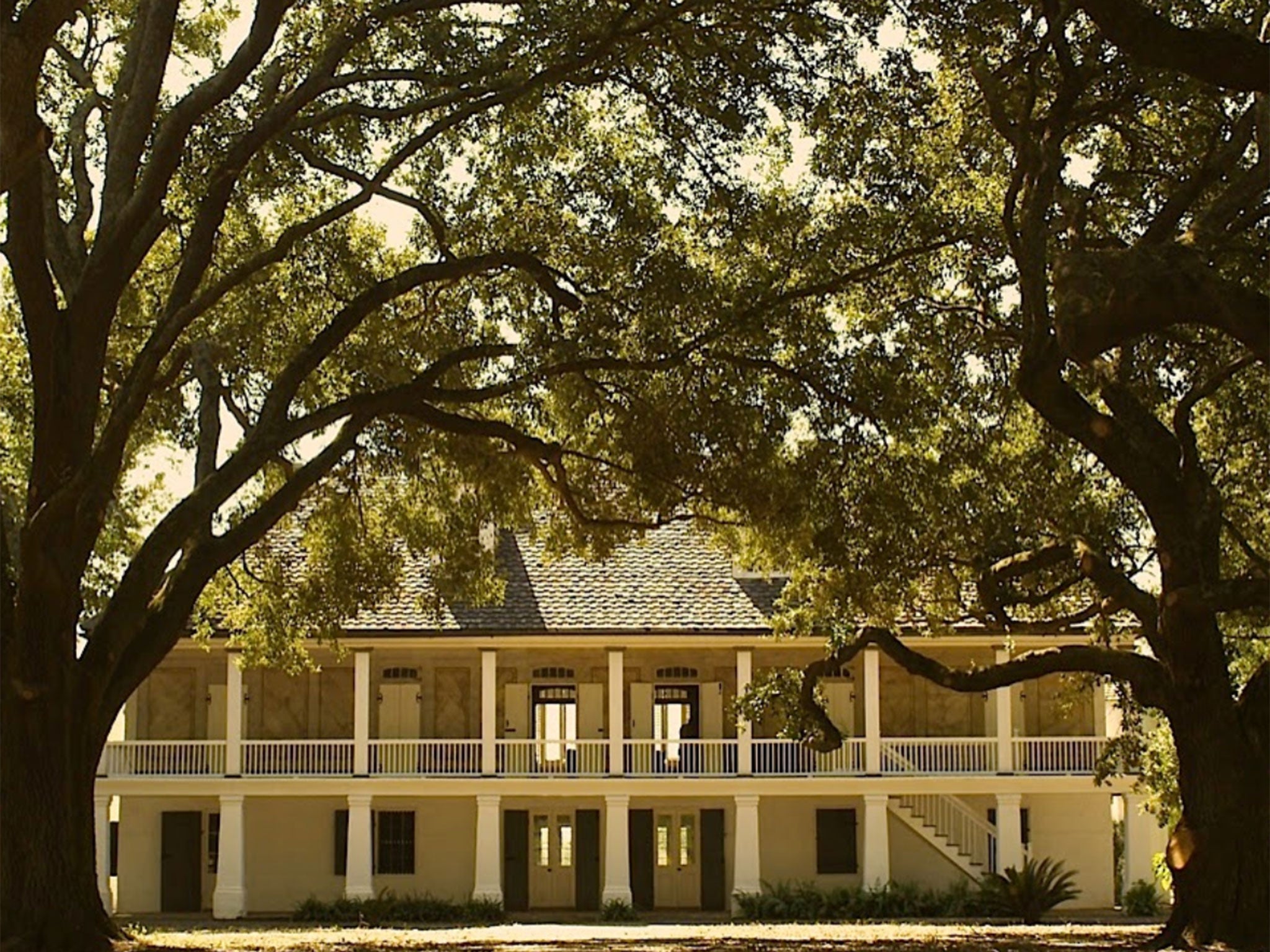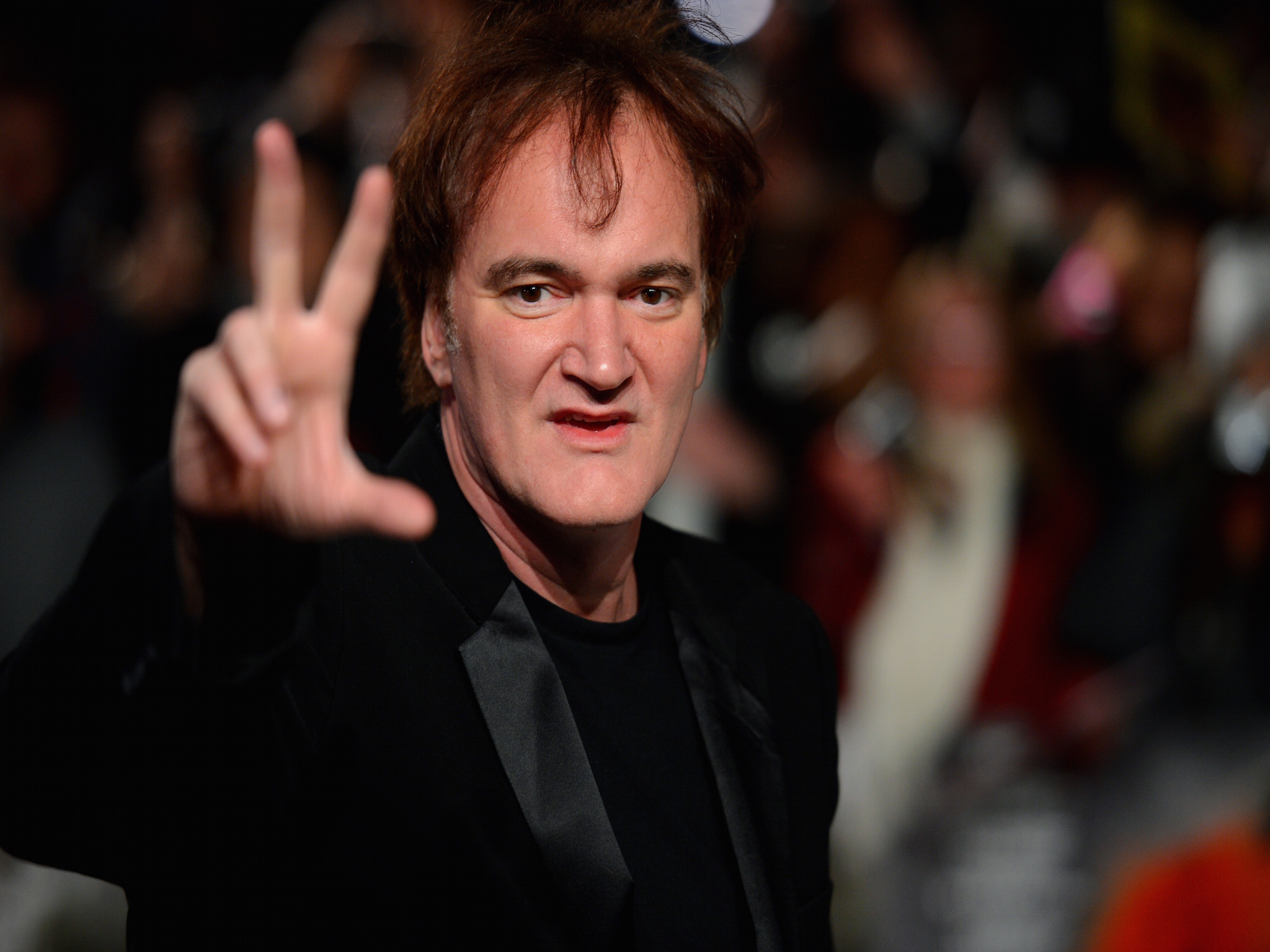America's first slavery museum established at Django Unchained plantation - 150 years after slavery outlawed
Museum has been more than 10 years in planning

One hundred and fifty years after the 13th Amendment to the Constitution formally ended slavery, the first museum to this vast, difficult and still reverberating part of American history has been opened.
The museum has been established at the Whitney Plantation in Louisiana, located between New Orleans and Baton Rouge, and where Quentin Tarantino filmed parts of Django Unchained.
The property is owned by John Cummings, a white lawyer, and he has been assisted in the project by Ibrahima Seck, a Senegalese scholar who has been developing the idea for 13 years. The museum opened quietly at the end of last year.
“If guilt is the best word to use, then yes, I feel guilt,” Mr Cummings told the New York Times. “I mean, you start understanding that the wealth of this part of the world - wealth that has benefited me - was created by some half a million black people who just passed us by. How is it that we don’t acknowledge this?”

The museum features a series of displays and memorials. Among the items that has sparked controversy is are 60 ceramic heads produced by the sculptor Woodrow Nash to mark an incident in 1811 when around 125 slaves fled the plantation.
Around 95 of them were killed by militia dispatched to round them up and the severed heads of a number of them were placed on spikes in New Orleans’ French Quarter as a warning.
“But just in case you’re worried about people getting distracted by the pretty house over there, the last thing you’ll see before leaving here will be 60 beheaded slaves,” said Mr Cummings.
He added: “It is disturbing. But you know what else? It happened. It happened right here on this road.”
Join our commenting forum
Join thought-provoking conversations, follow other Independent readers and see their replies
Comments